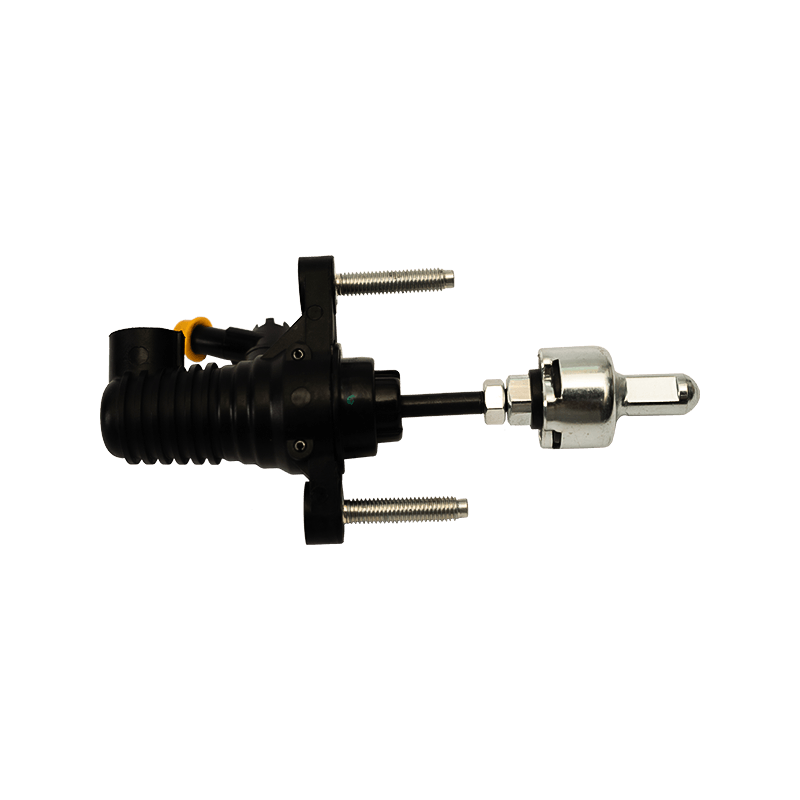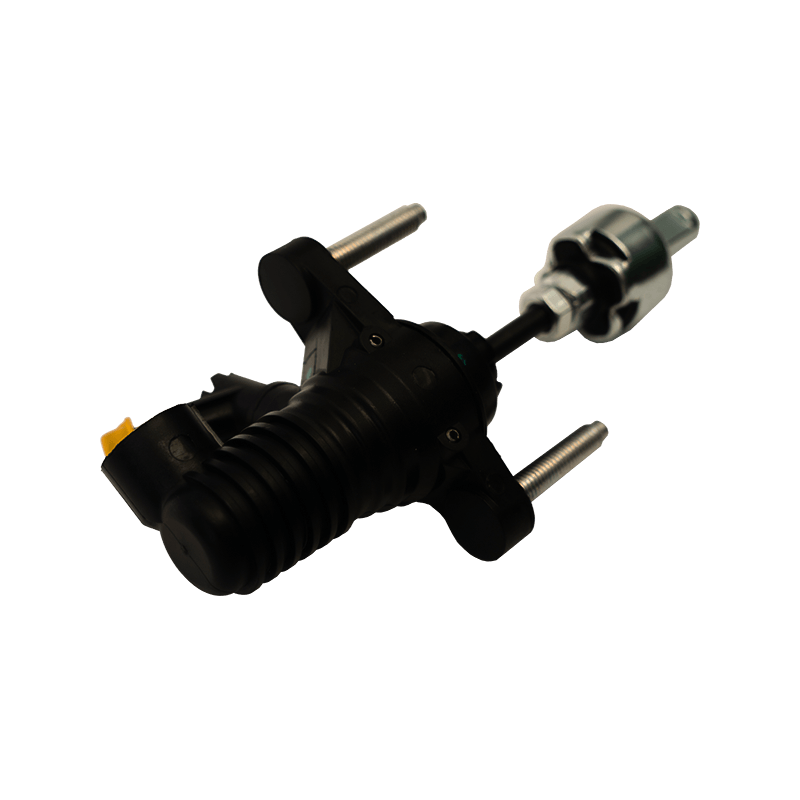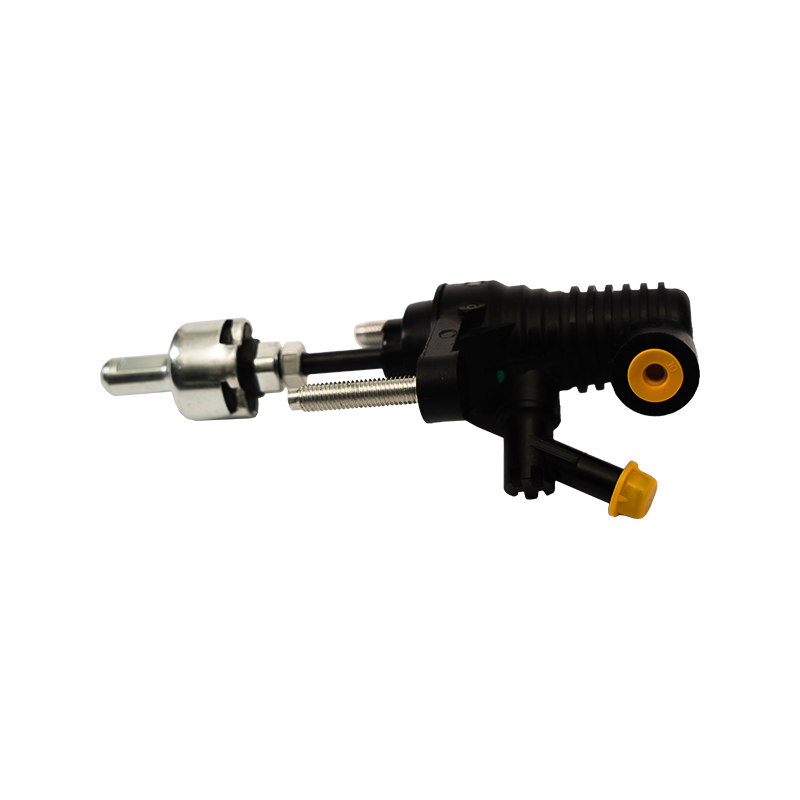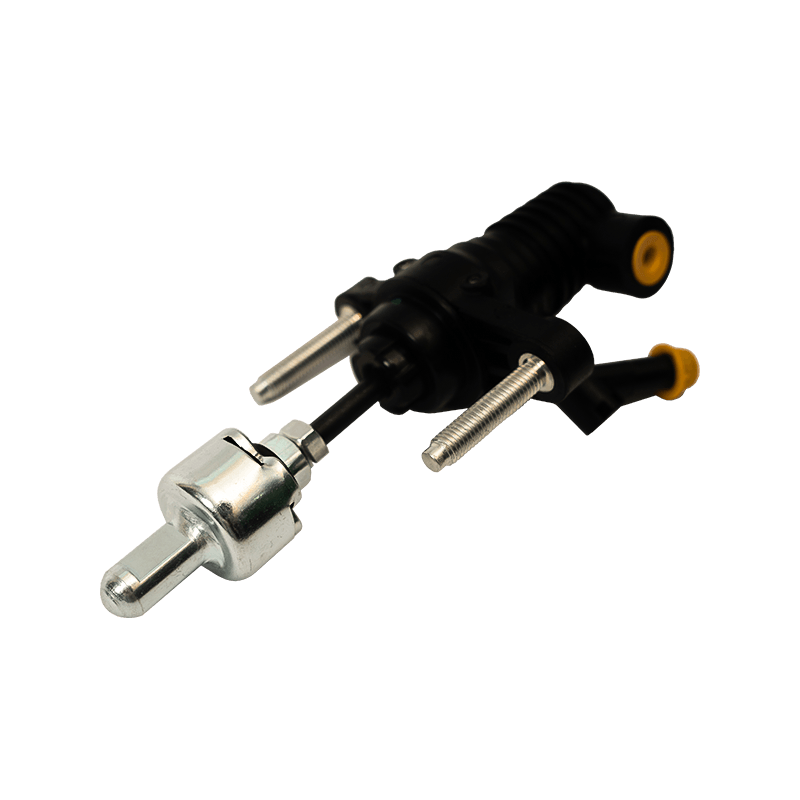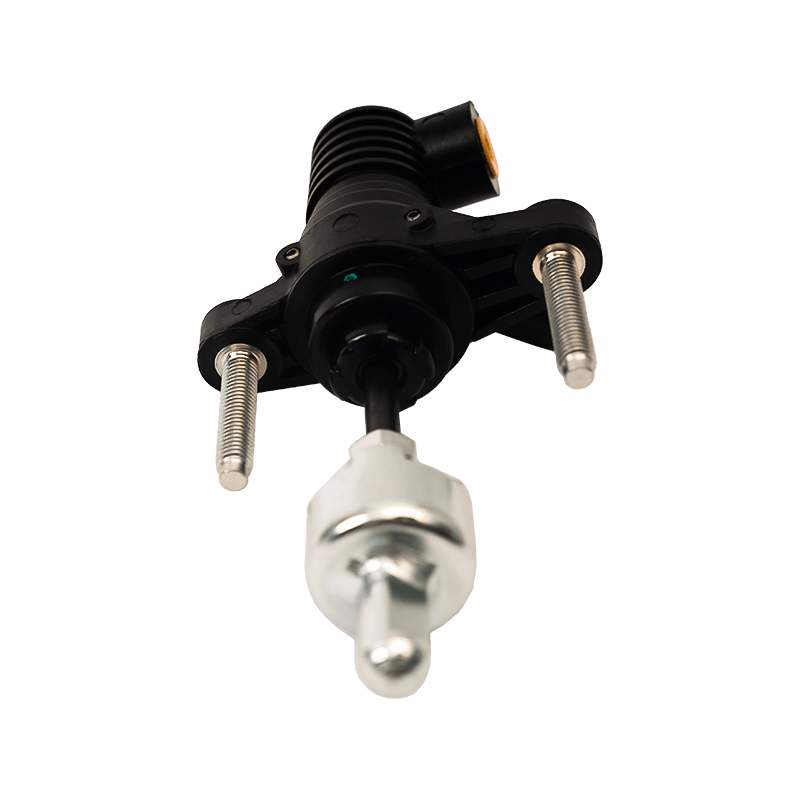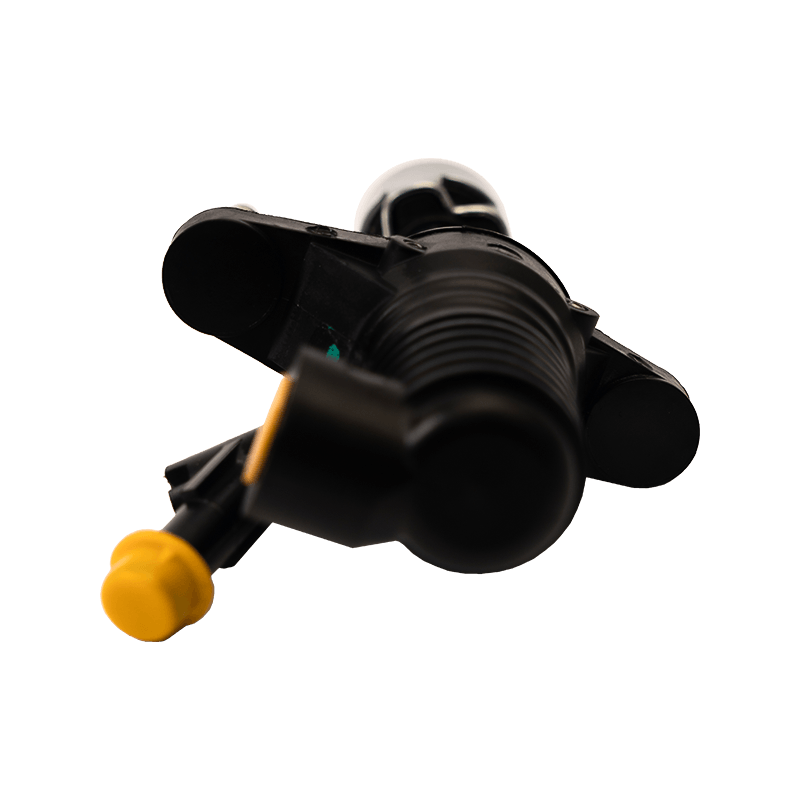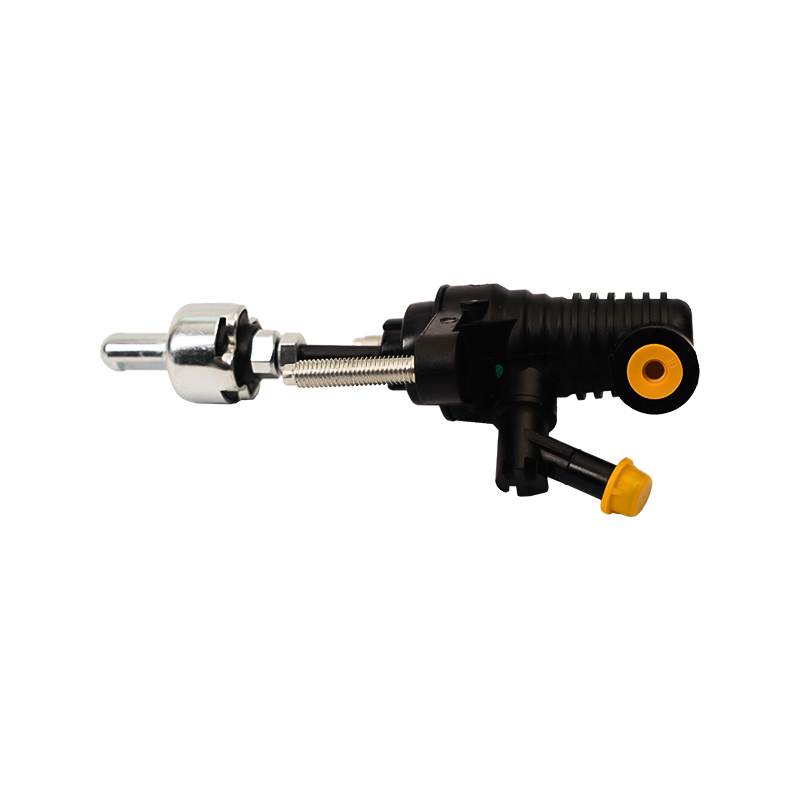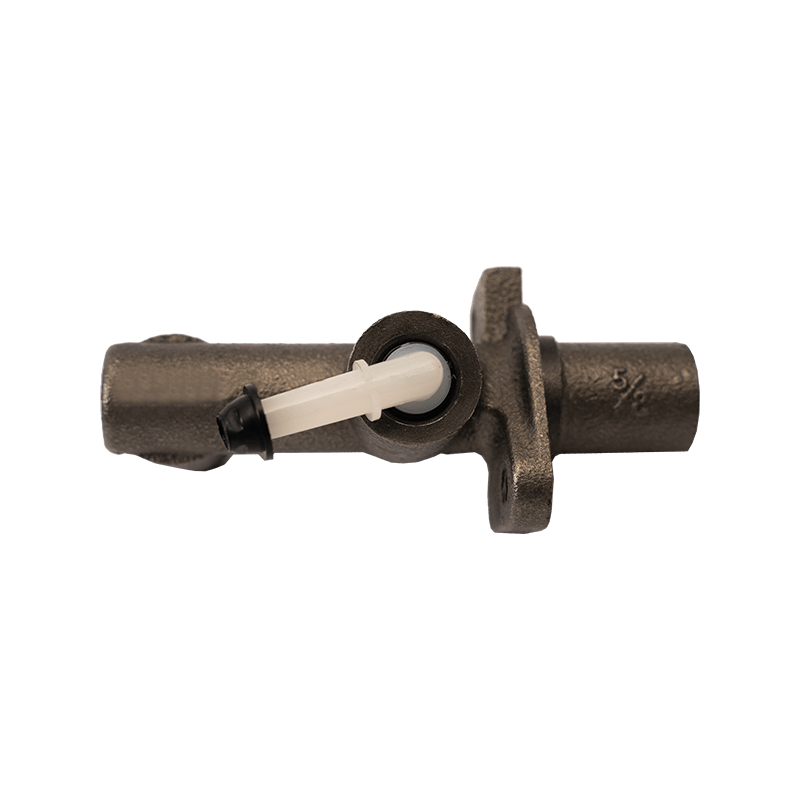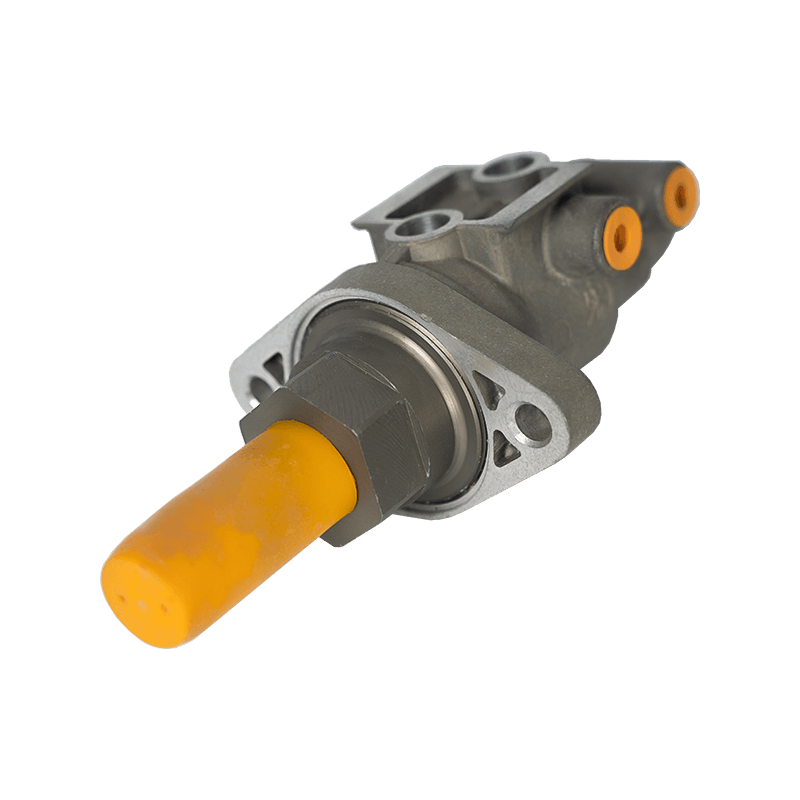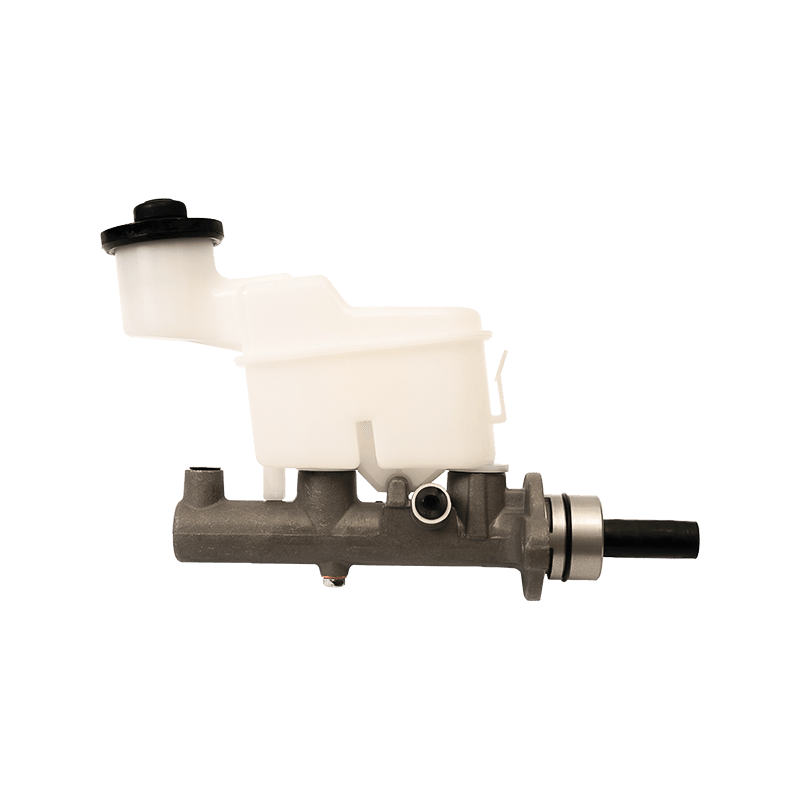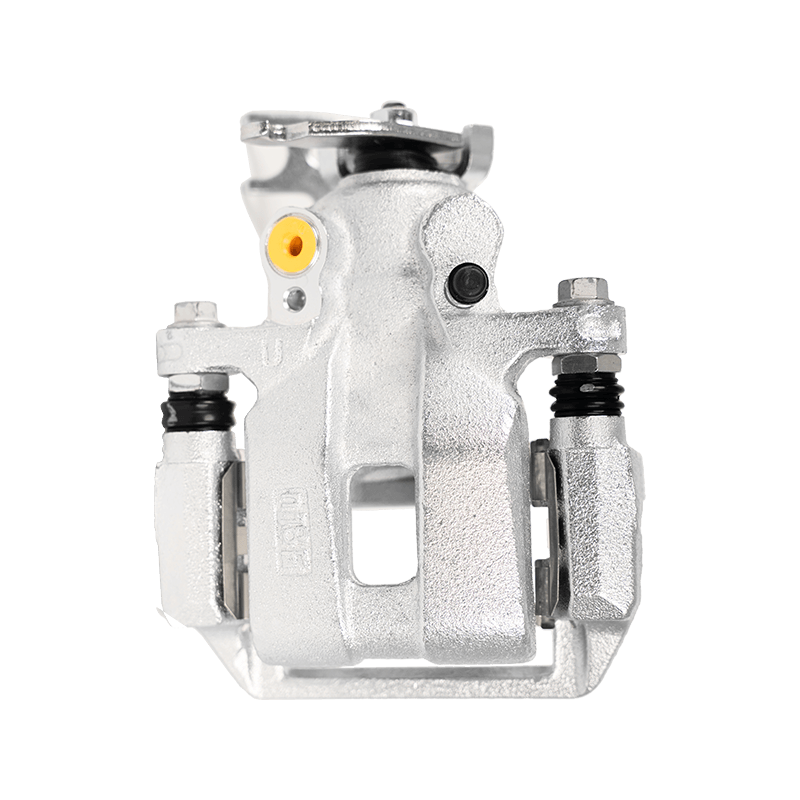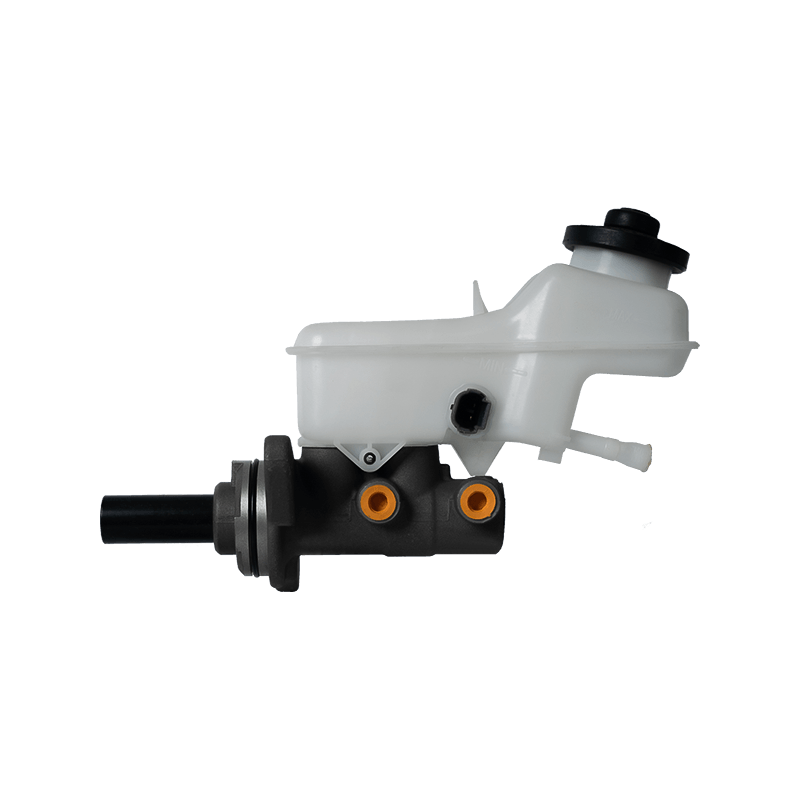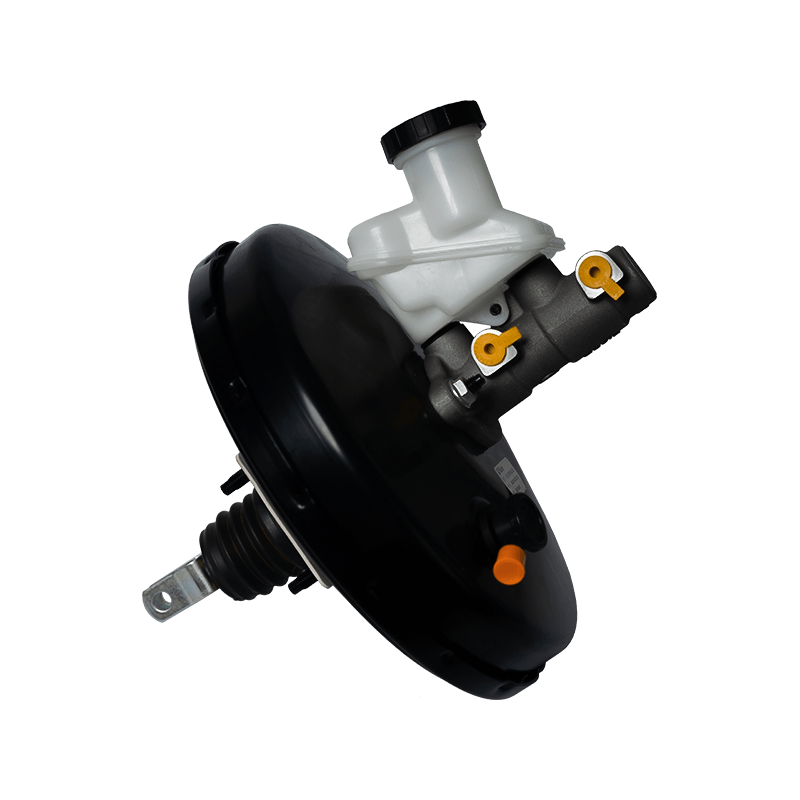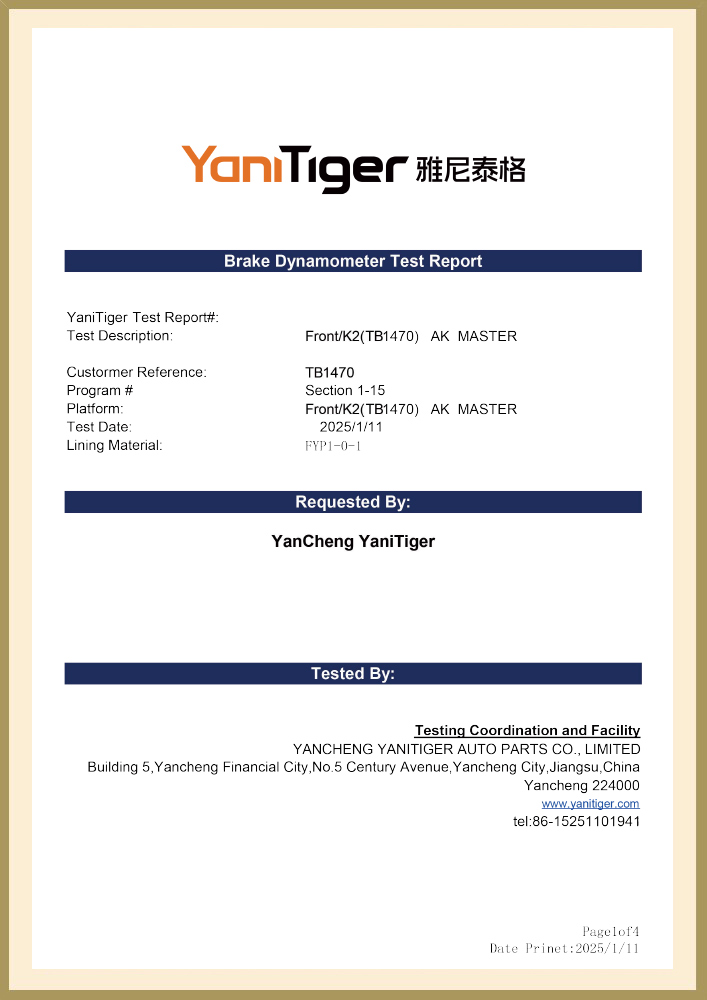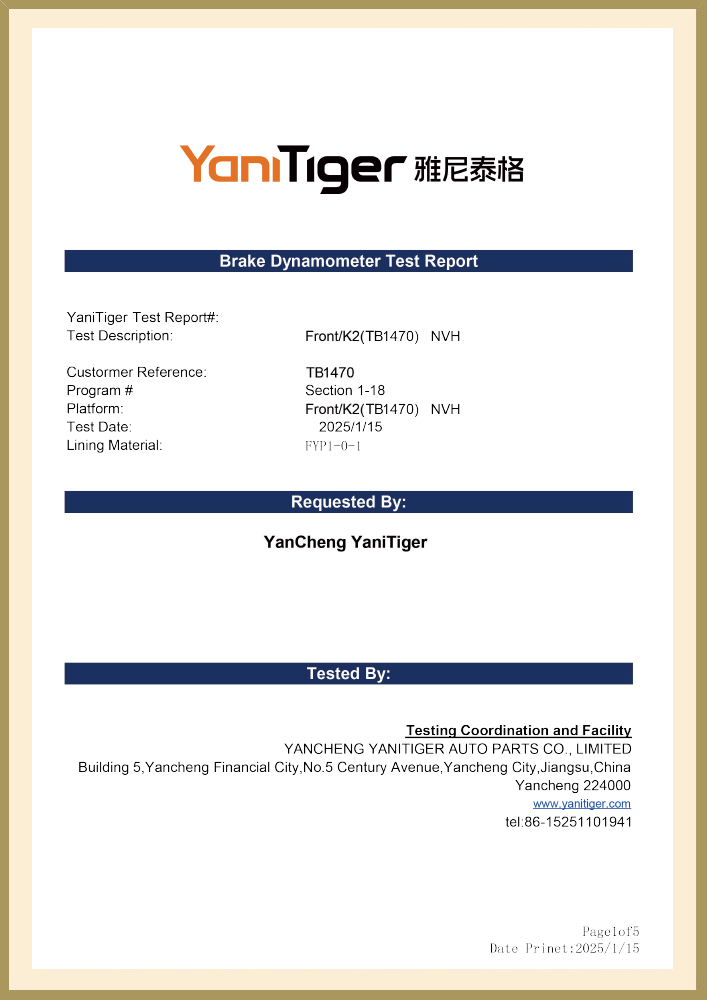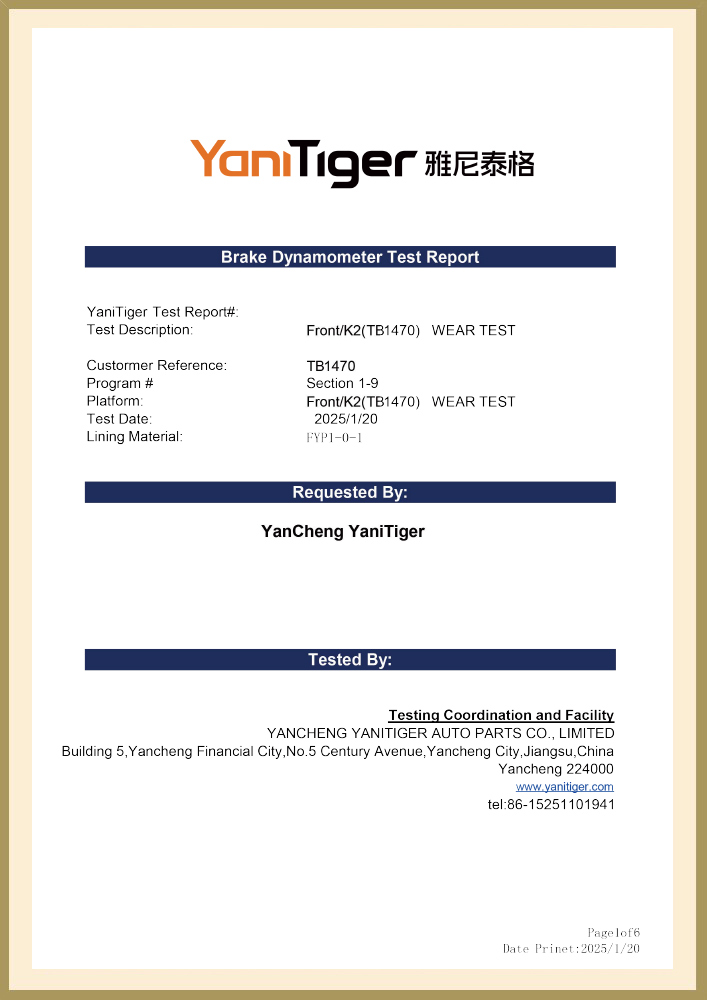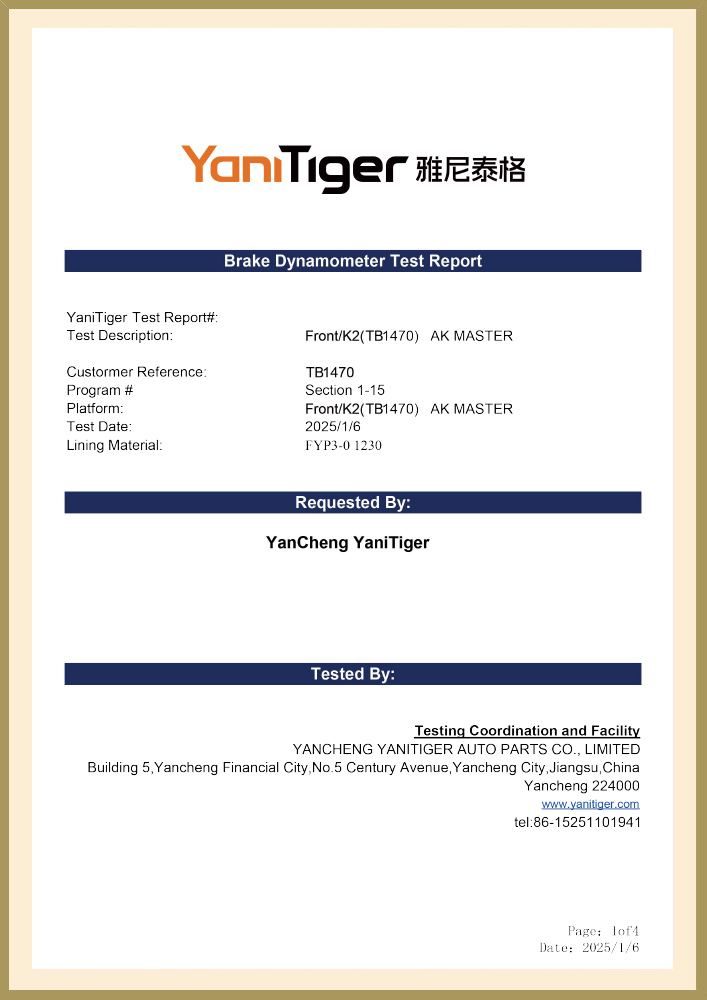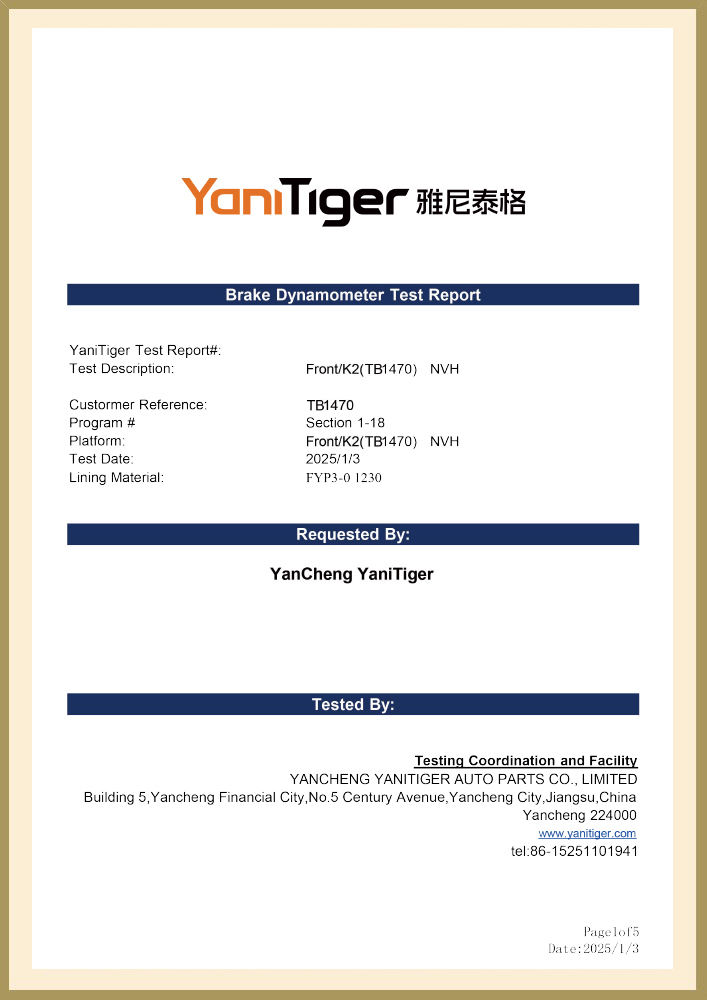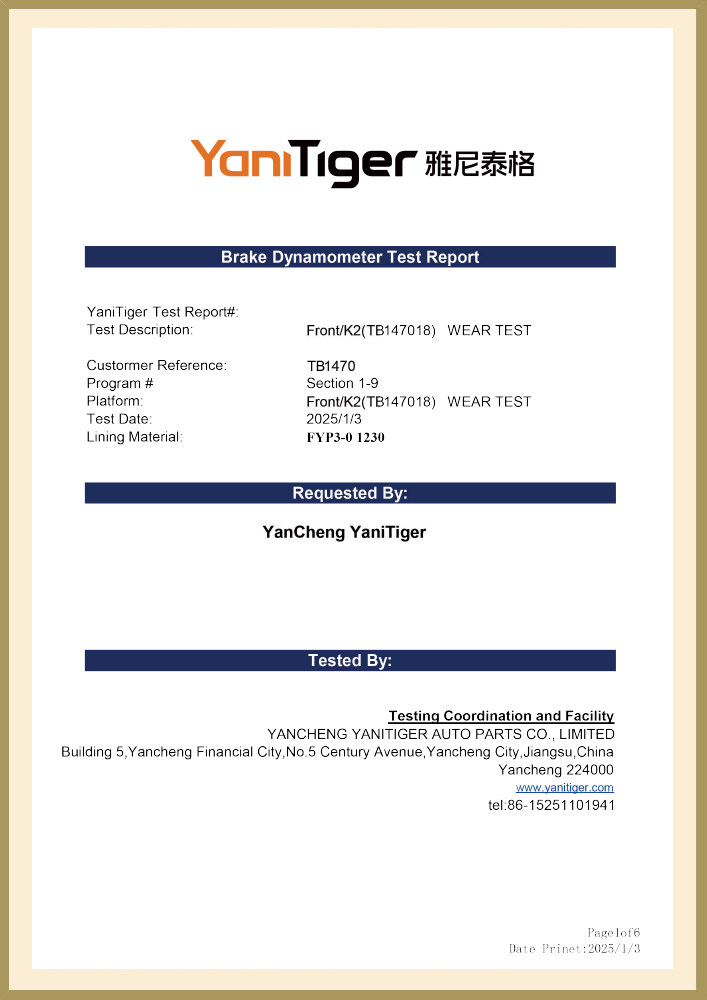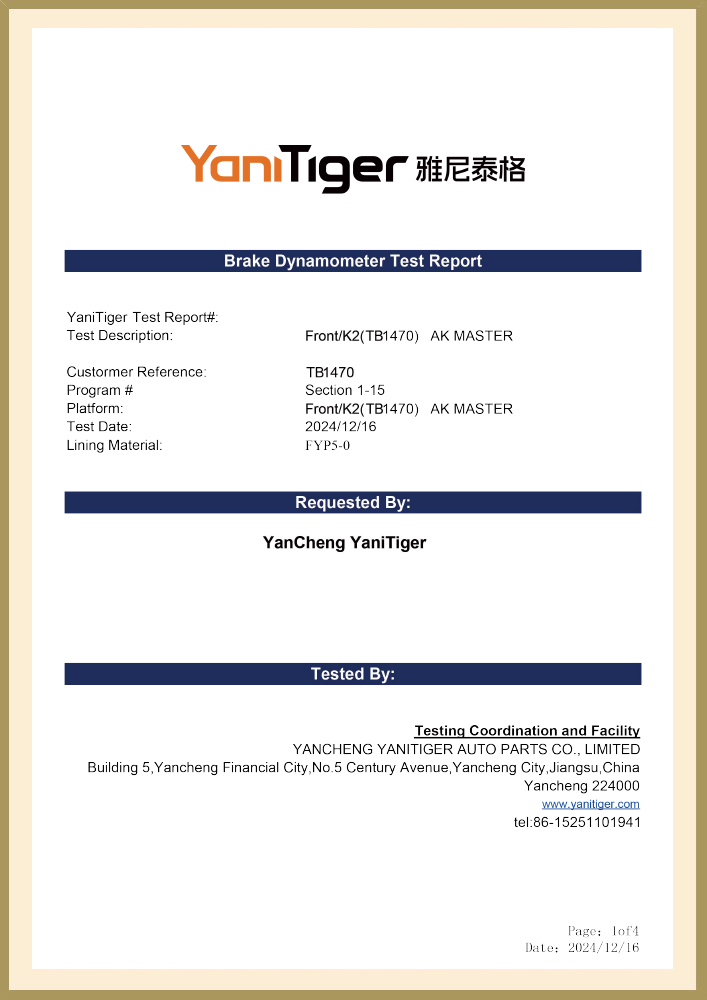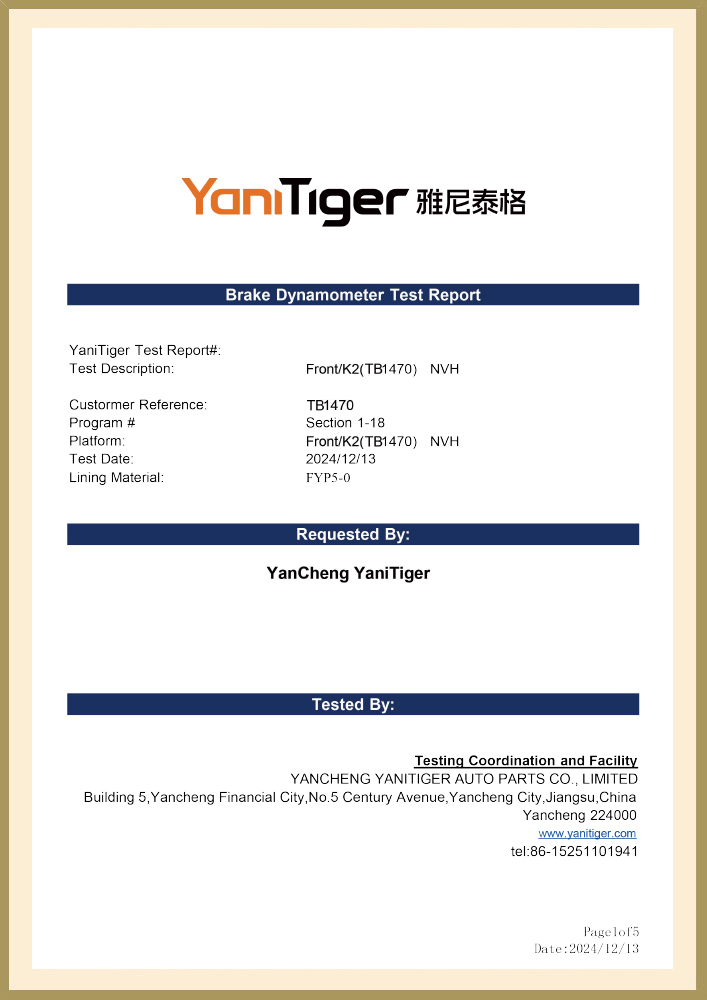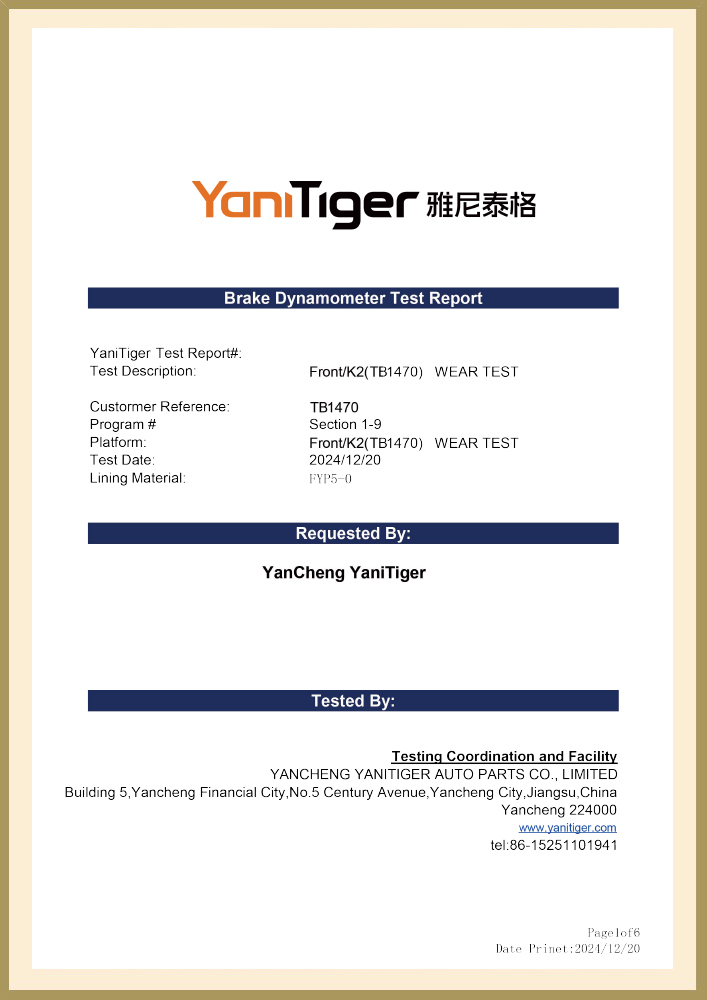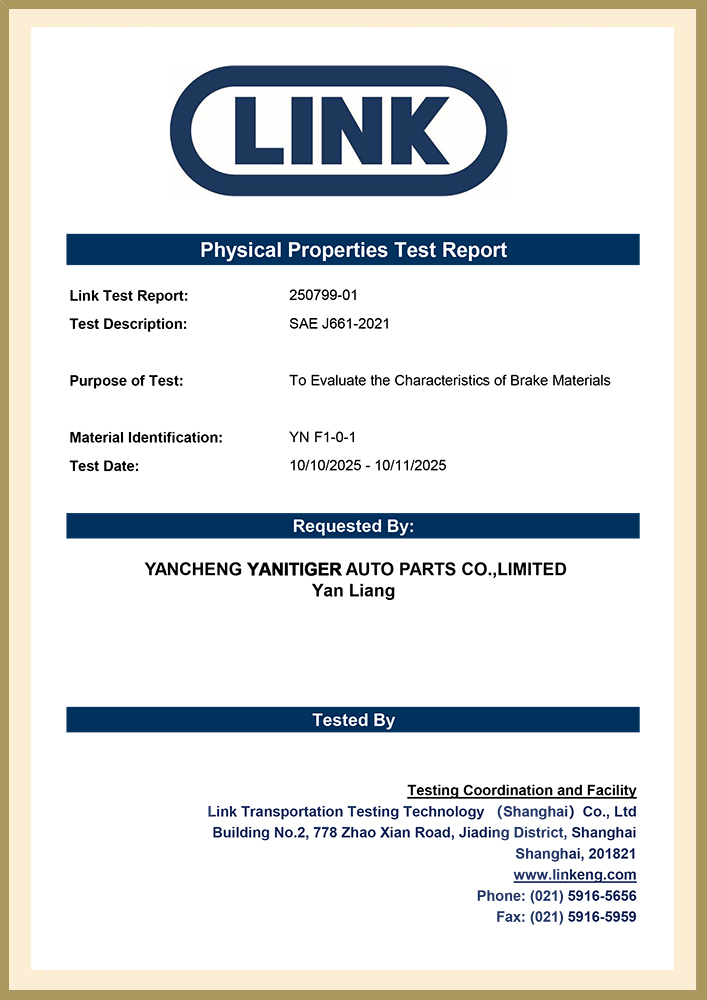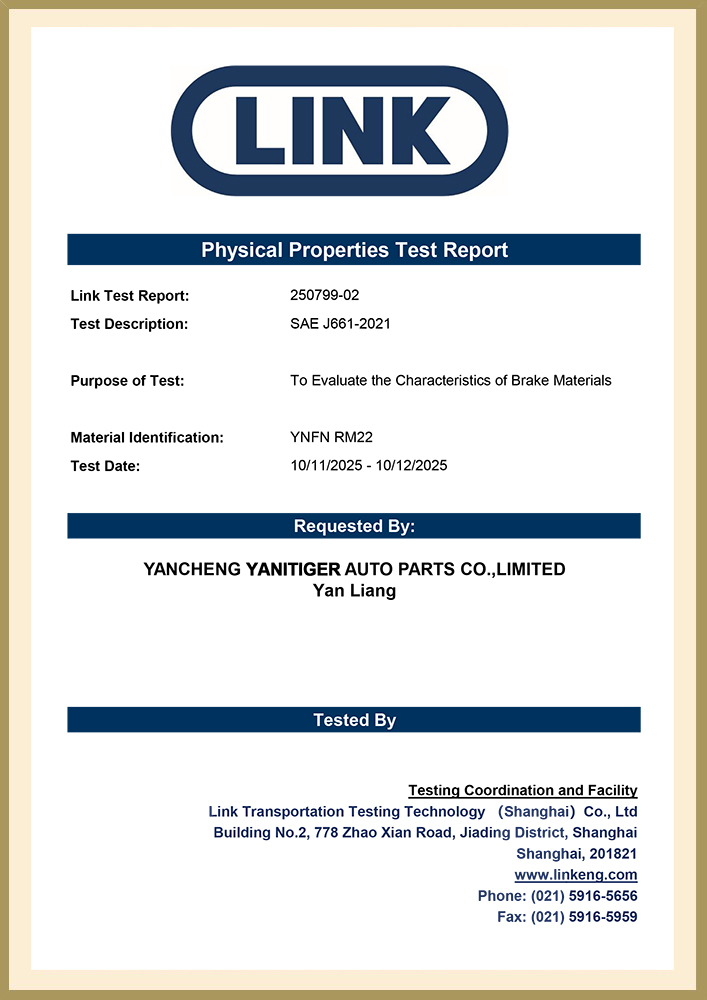Specifications
KEEP IN TOUCH
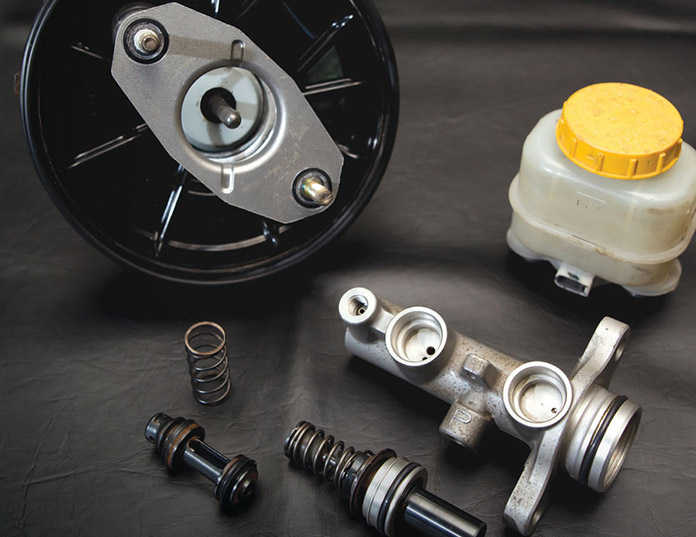
We have more than 1,000 brake shoes and brake pads for European, American, Russian, Japanese and Korean cars. The associated factories have created a highly experienced manufacturing team that exports thousands of auto part products worldwide. High quality and competitive prices are our targets. Our products have gained the certifications of ISO9001 and TS16949. We have built up a solid reputation with our customers in more than 30 countries.
We are looking forward to having a brighter and more successful business in the near future together with all of our clients all over the world.
-
Brake pads are undoubtedly one of the most important safety components in car maintenance. Among the many types of brake pads, ceramic brake pads and ...
READ MORE -
The hydraulic braking system is one of the most critical safety components of a car, and the master cylinder (brake master cylinder) is the "heart" of...
READ MORE -
Choosing the right brake pads is crucial, as it directly impacts your driving safety, driving experience, and vehicle maintenance costs. Step 1: Under...
READ MORE -
1. Ensure Braking Performance and Safety The coefficient of friction between the brake pads and brake discs directly determines the braking effect. An...
READ MORE
Toyota 31420-52070 Clutch Master Cylinder is a core hydraulic transmission component designed for small passenger cars. As an original certified OE number component, its core function is to convert the mechanical force input by the pedal into hydraulic thrust and accurately control the separation and engagement of the clutch plate. The master cylinder is cast with a high-strength plastic and aluminum alloy composite material, and the surface is treated with corrosion resistance. The piston diameter is 15.9 mm, the thread specification is M12×1, and it can withstand 32MPa hydraulic pressure.
31420-52070 Clutch Master Cylinder for Toyota adopts a single piston structure, and the piston seal is made of fluororubber. The temperature range covers -40℃ to 180℃, which can effectively cope with high-frequency semi-clutch operations under urban congested road conditions. The guide pin system is nitrided and hardened, and with the double-layer dust cover design, it can block more than 85% of the intrusion of mud and sand, and reduce the risk of guide pin jamming by 60%. Test data shows that after 500,000 durability cycle tests, the hydraulic response time deviation of this component is less than 0.1 second, and the friction coefficient is stable at 0.38-0.42. In response to the needs of hybrid models, its hydraulic conduction path and motor reverse torque are synchronized at the millisecond level.
As a preferred component for small car repair projects, the master cylinder has passed the JIS D2601 extreme environment test, with a hydraulic response delay of less than 0.15 seconds at a low temperature of -40°C, and the liquid temperature rise after continuous braking in desert conditions is controlled within 15°C. Standard use can extend the life of the clutch plate to 80,000-100,000 kilometers, and the recognition of the semi-clutch point is improved by 40%.
 Search
Search
 Eng
Eng 
 English
English Español
Español Português
Português



